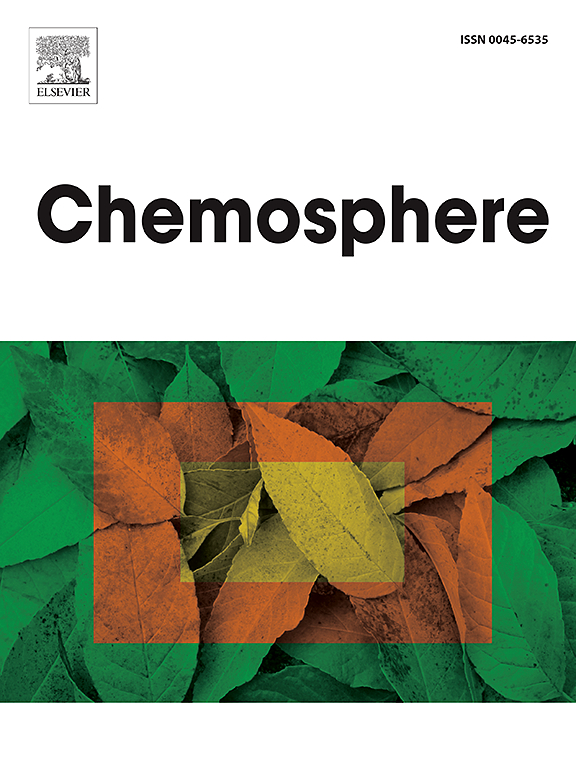Source identification and quantification of real-world PAH contributions from traffic-related exhaust and non-exhaust emission sources using the EFECT method
IF 8.1
2区 环境科学与生态学
Q1 ENVIRONMENTAL SCIENCES
引用次数: 0
Abstract
Proper identification of sources and their contribution to atmospheric gaseous and particle-bound PAHs from traffic-related sources are vital for controlling and reducing emissions in the urban atmosphere to improve environmental health. For this purpose, we used the EFECT method to quantify the PAH contributions from the pre-defined vehicular sources, namely, road dust resuspension, exhaust (tailpipe), and non-exhaust sources in a rural highway tunnel. We successfully quantified the relative source contributions of particle-bound and total PAHs (particulate plus gaseous PAHs) to the atmospheric concentrations. Study results showed that exhaust emissions were observed to be the most important emission source for both particle-bound and total PAHs. This study showed that exhaust emission sources contribute 92.4% of IcdP, 90.3% of Phe, 89.9% of AN, 89.1% of BkF, 88.2% of Np, 87.1% of Ane, 86.3% of DahA, 85.7% of BghiP, and 82.8% of Flr to atmospheric concentrations in the tunnel environment. Road dust resuspension contributed mainly to TSP (total suspended particulate matter) concentrations of BaA (29.1%), Py (28.9%), BbF (21.0%), and BaP (21.0%).

求助全文
约1分钟内获得全文
求助全文
来源期刊

Chemosphere
环境科学-环境科学
CiteScore
15.80
自引率
8.00%
发文量
4975
审稿时长
3.4 months
期刊介绍:
Chemosphere, being an international multidisciplinary journal, is dedicated to publishing original communications and review articles on chemicals in the environment. The scope covers a wide range of topics, including the identification, quantification, behavior, fate, toxicology, treatment, and remediation of chemicals in the bio-, hydro-, litho-, and atmosphere, ensuring the broad dissemination of research in this field.
 求助内容:
求助内容: 应助结果提醒方式:
应助结果提醒方式:


